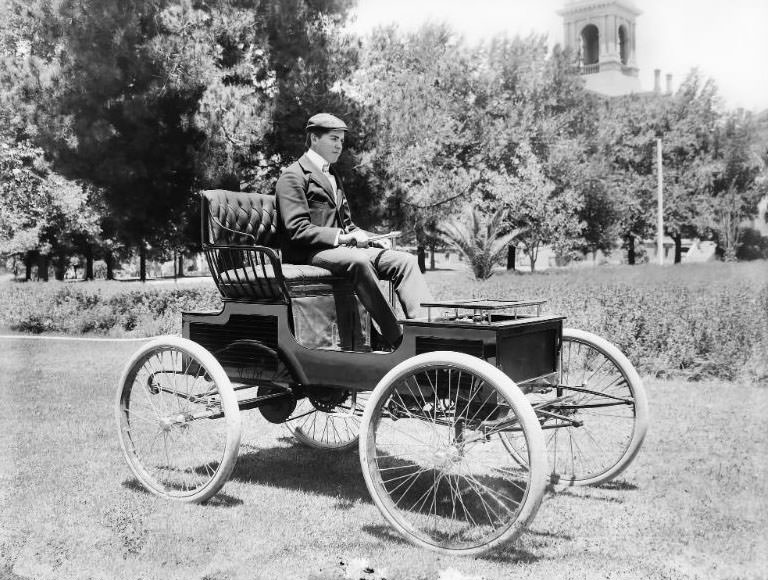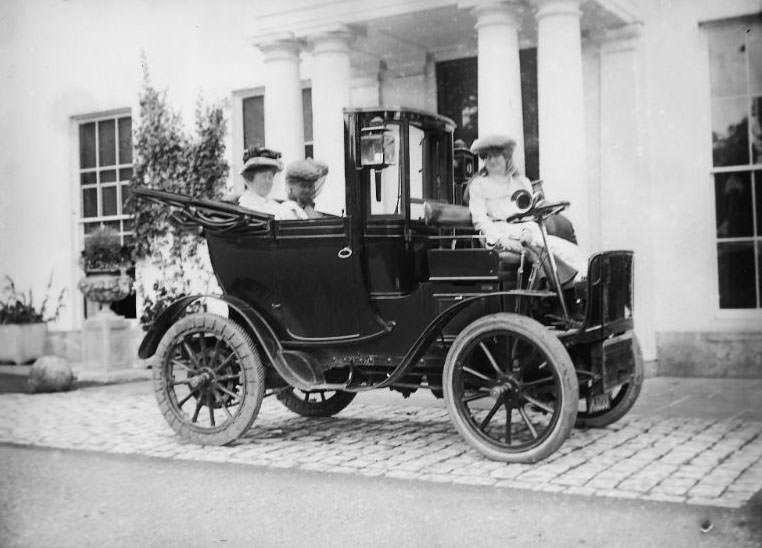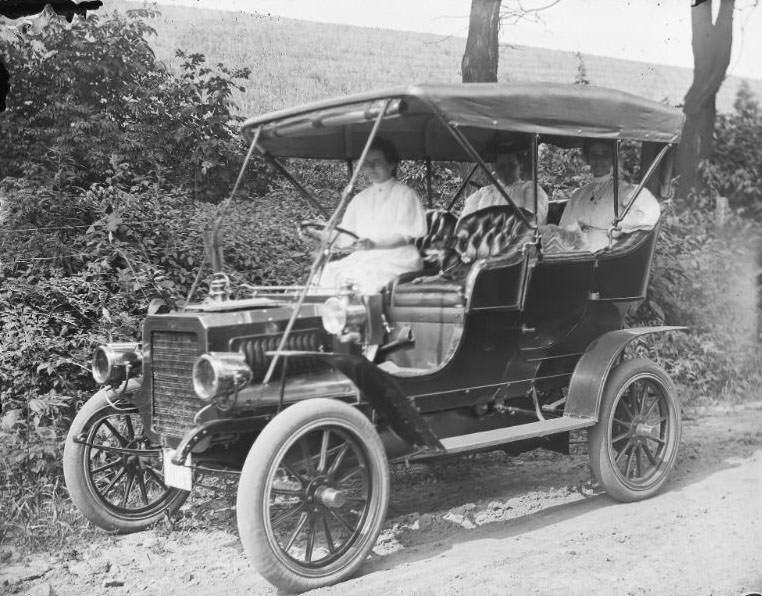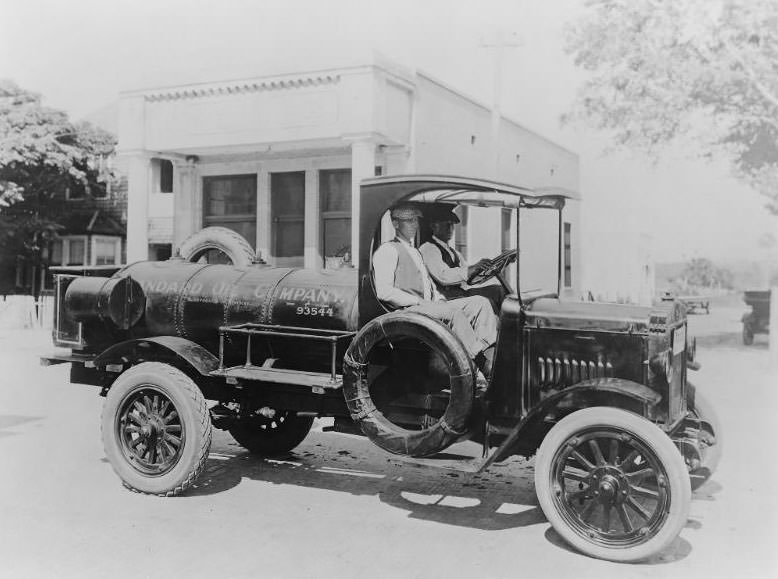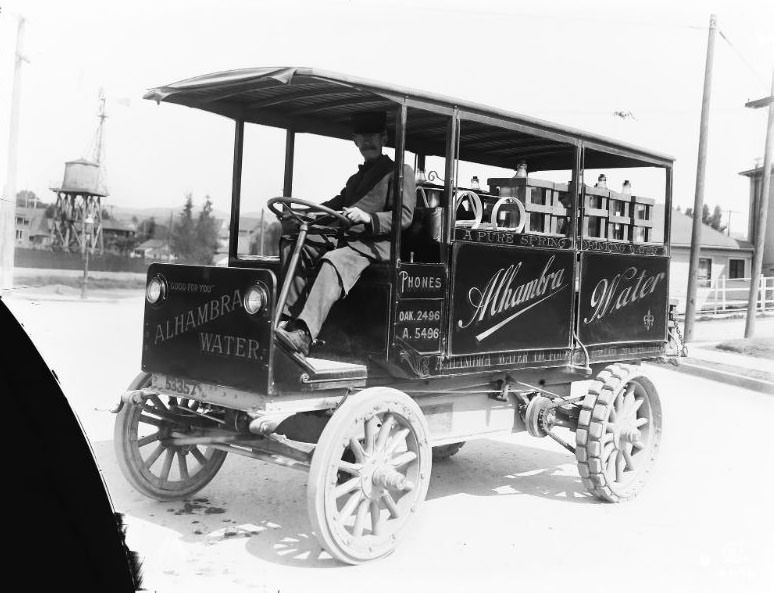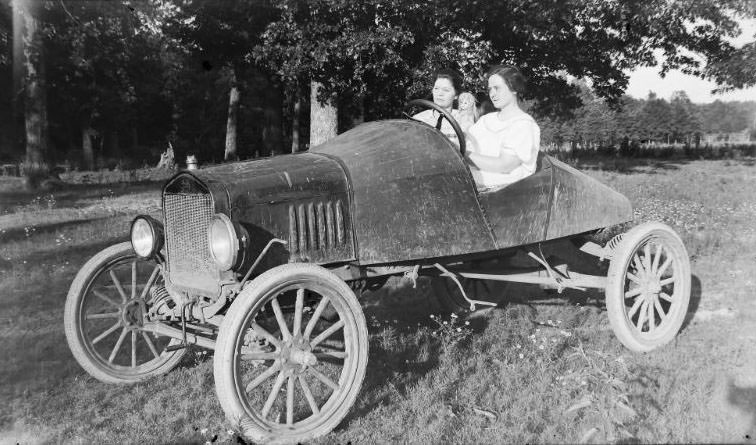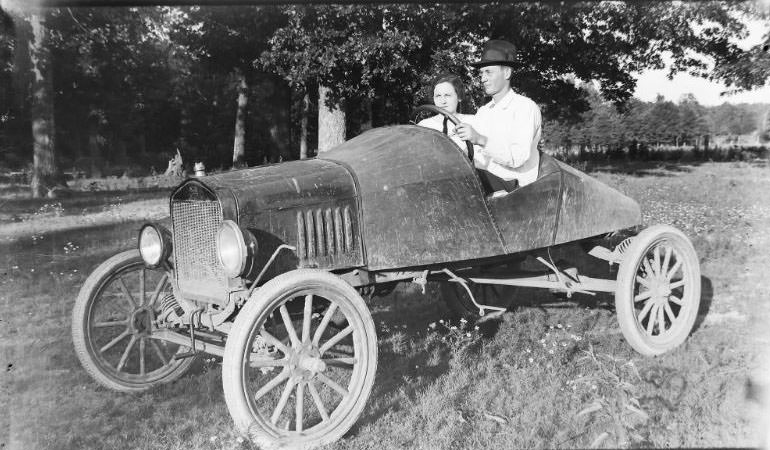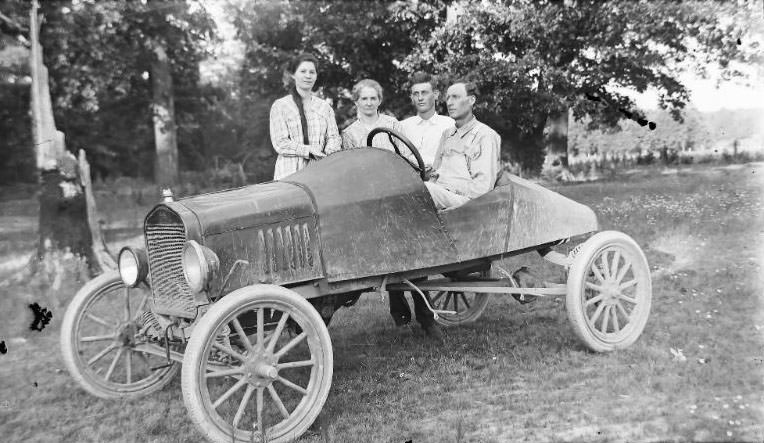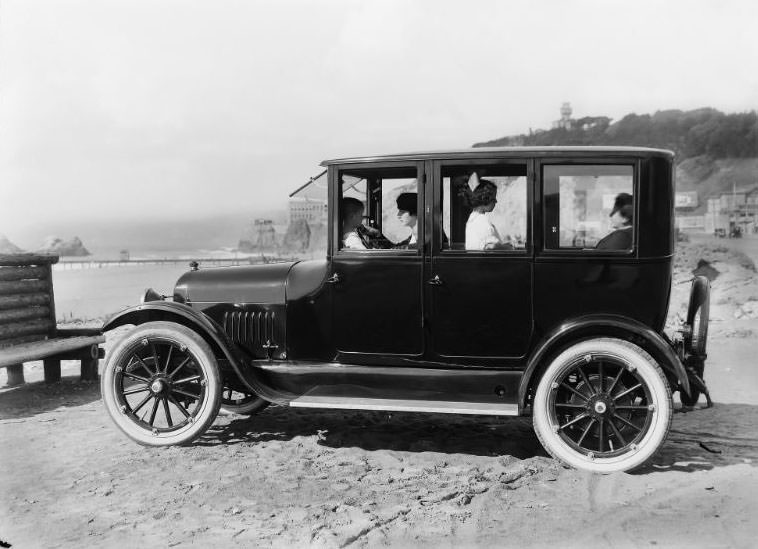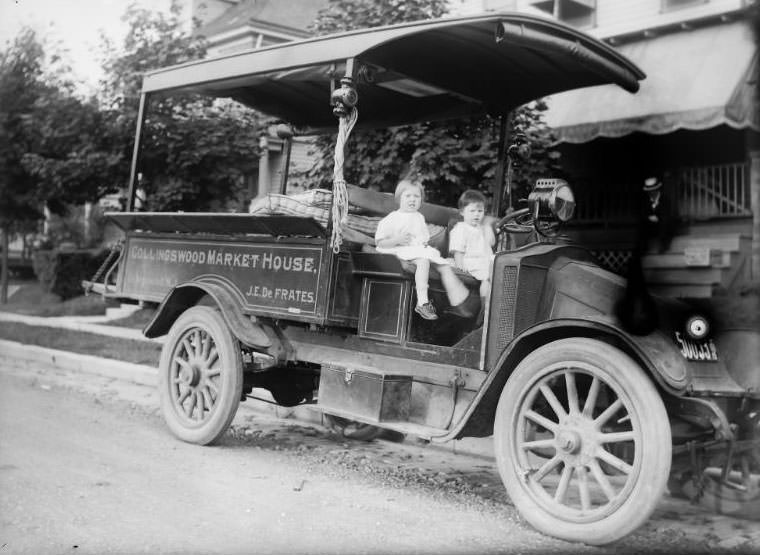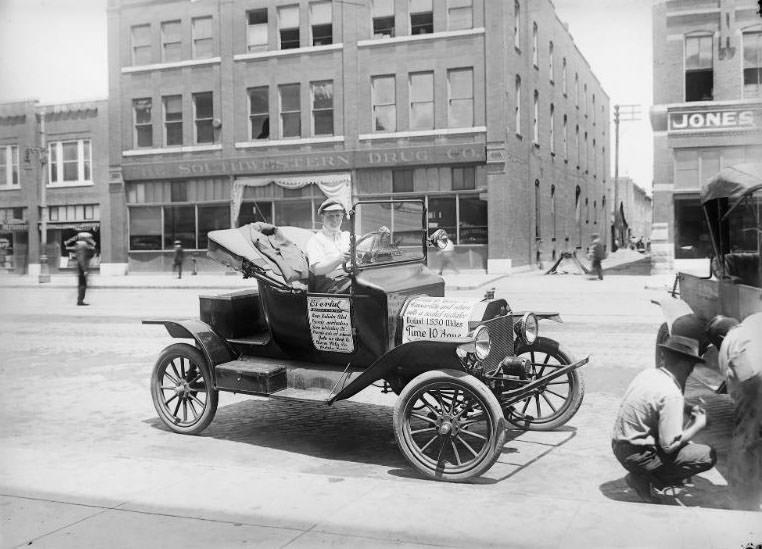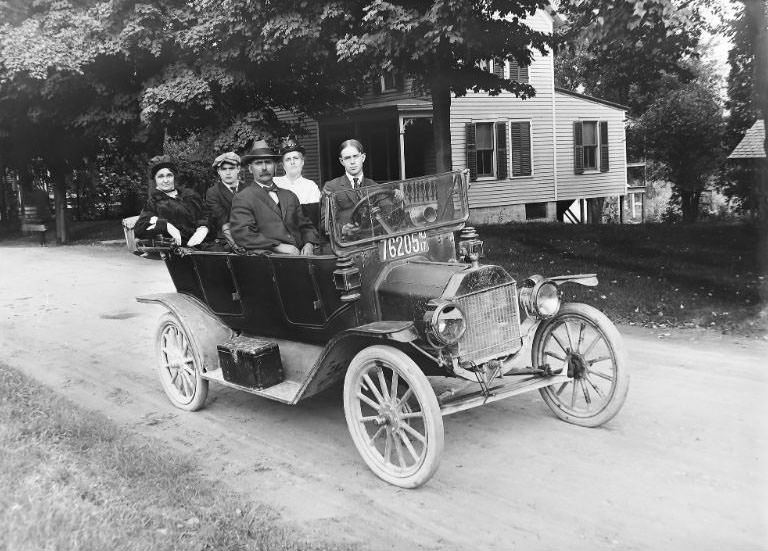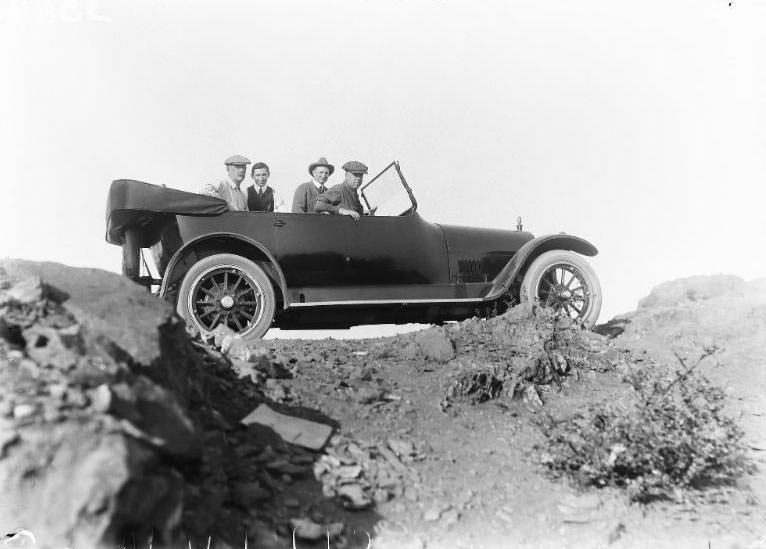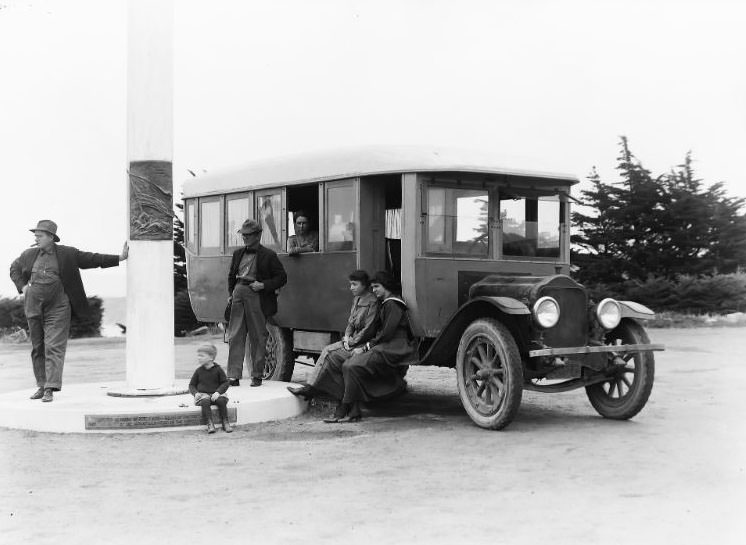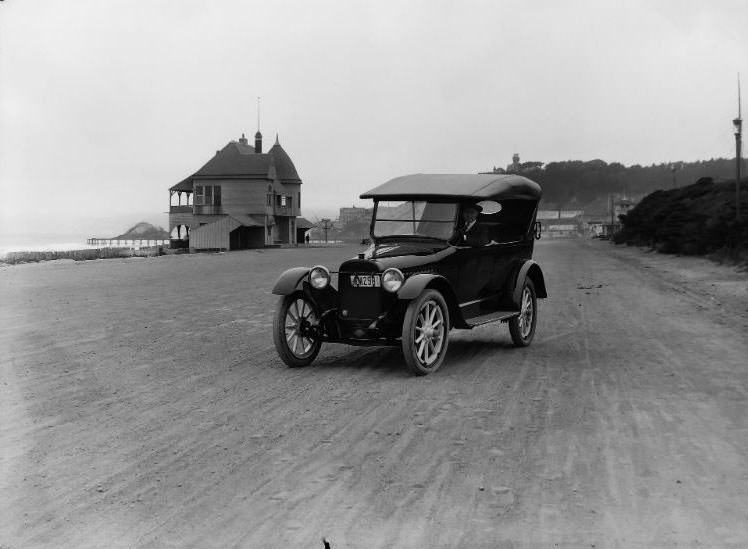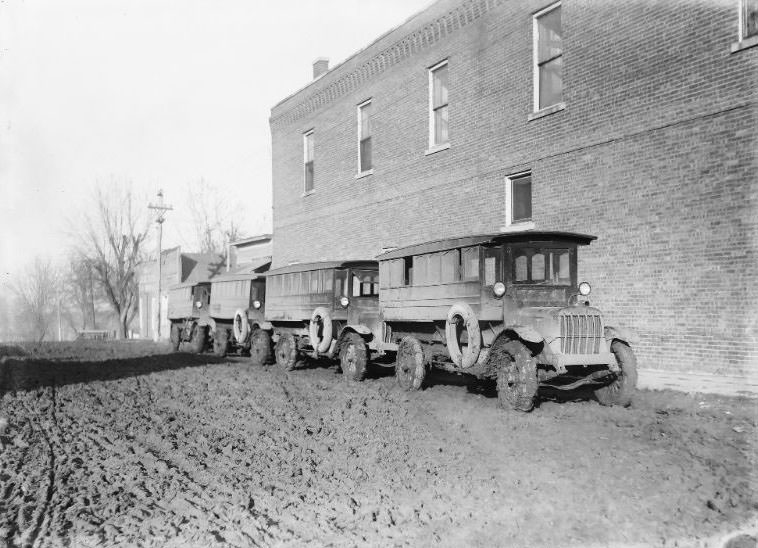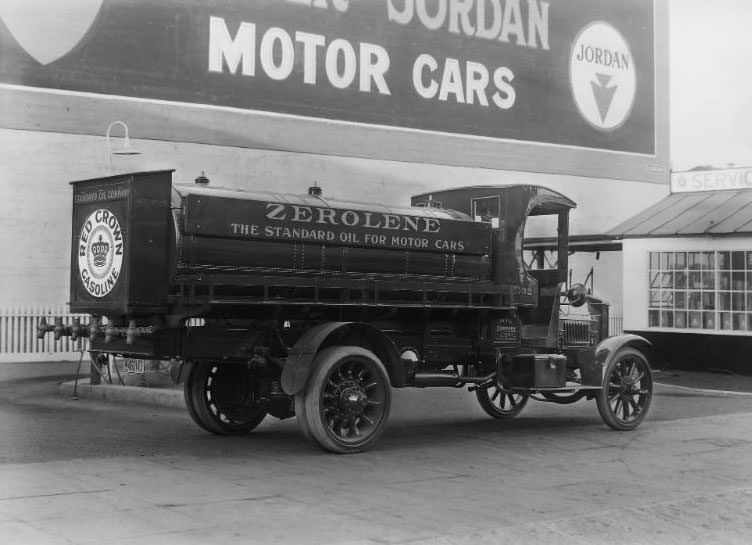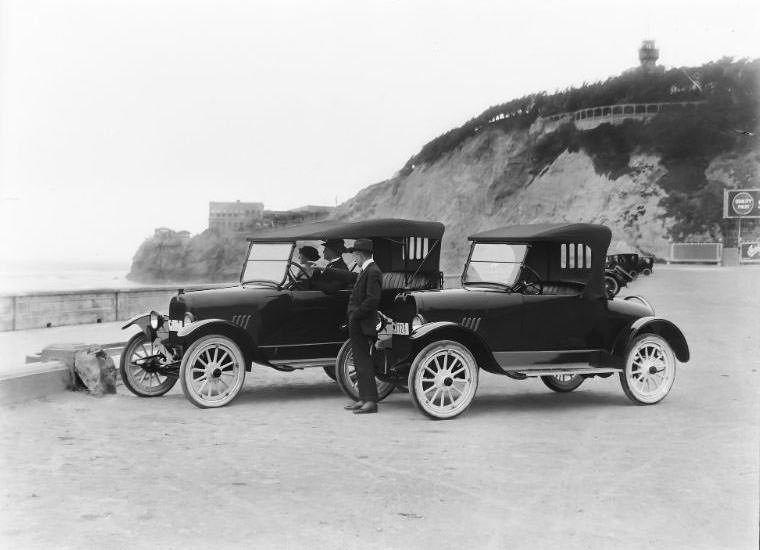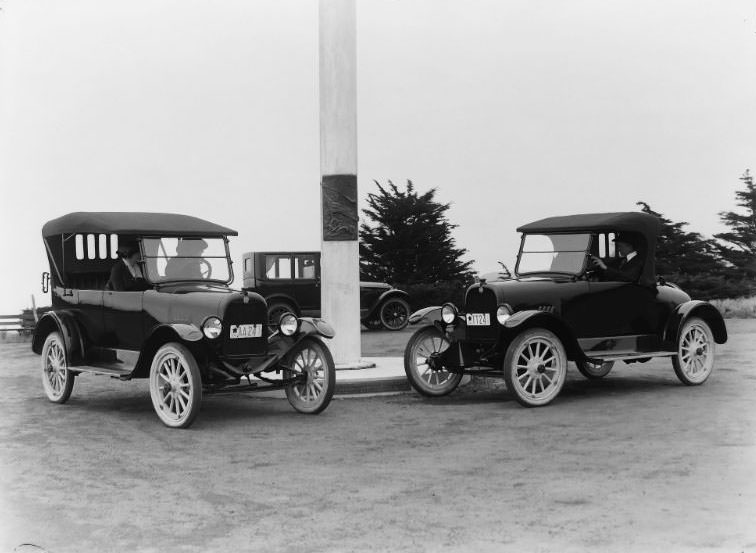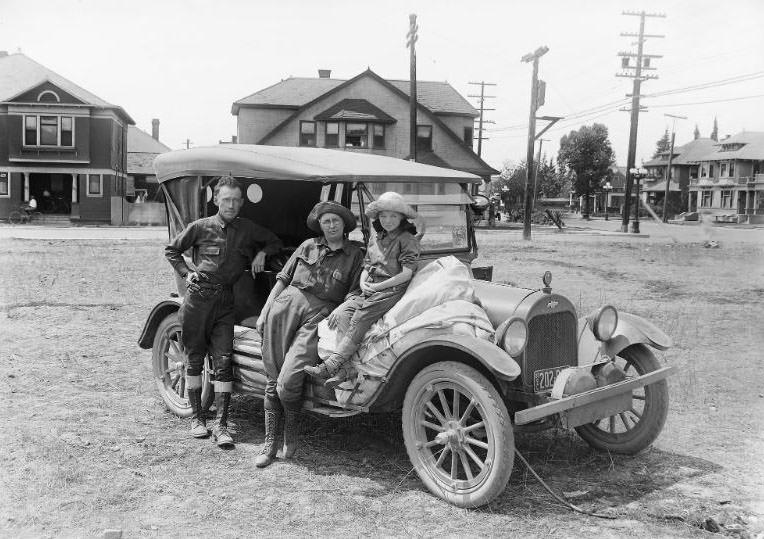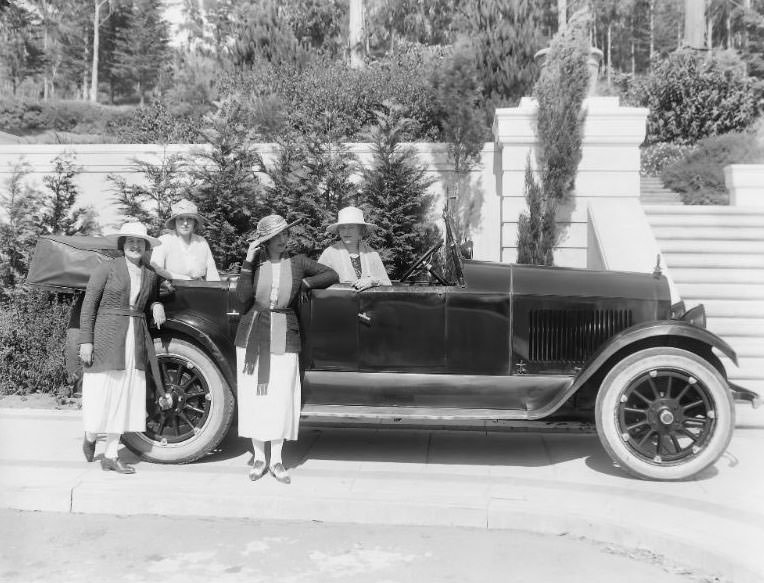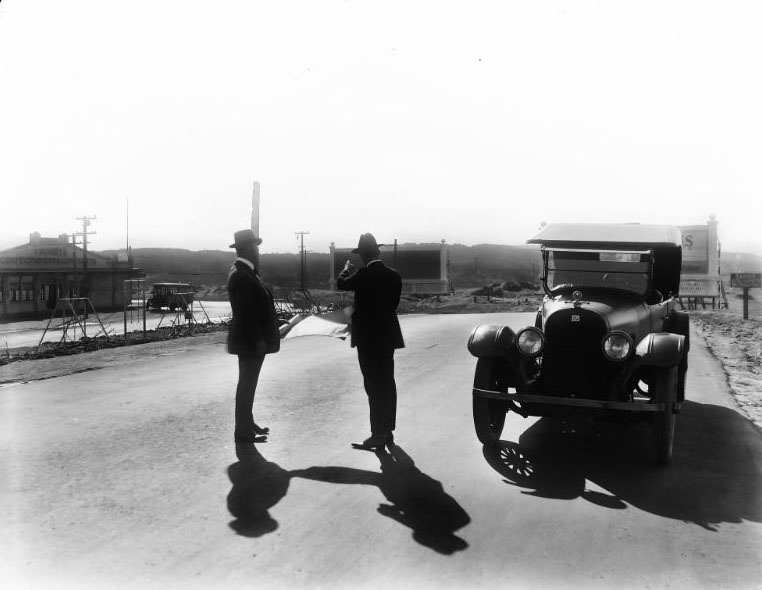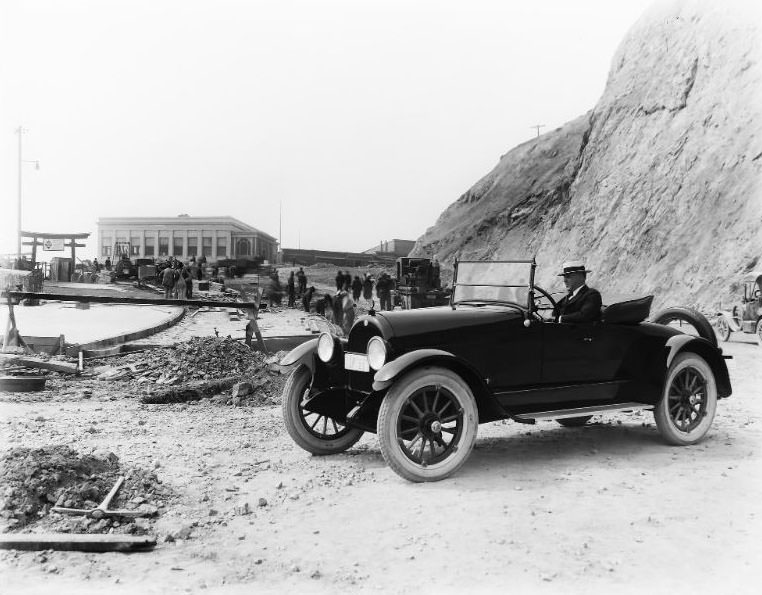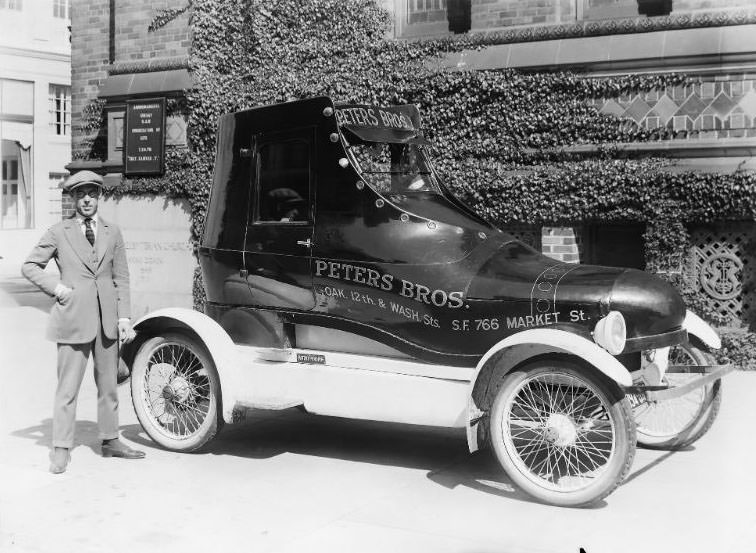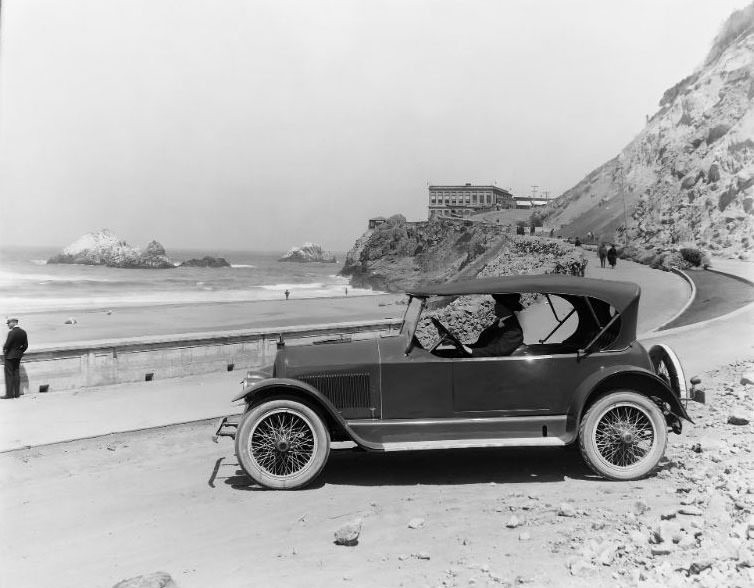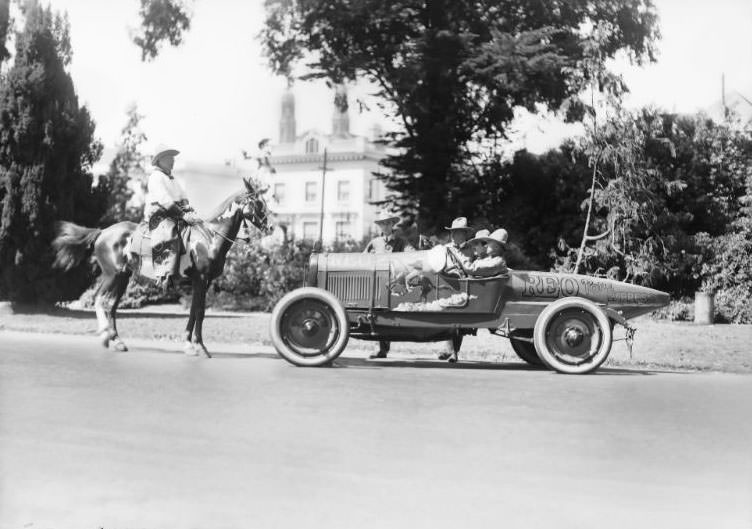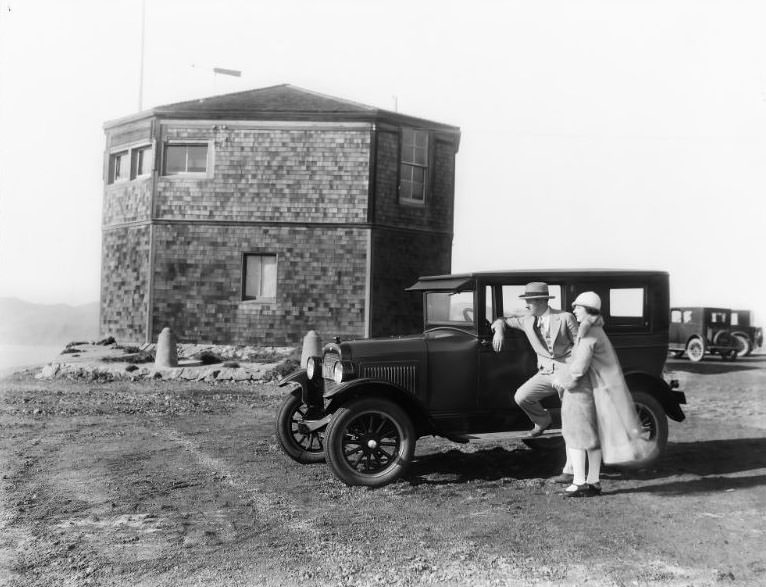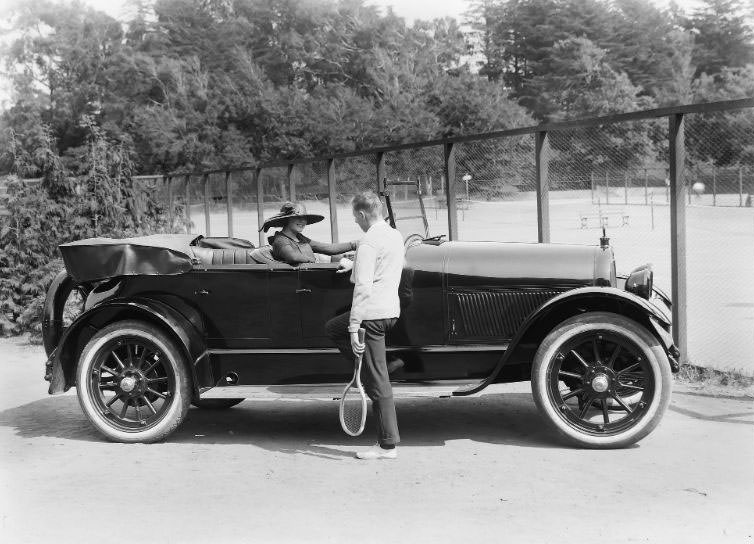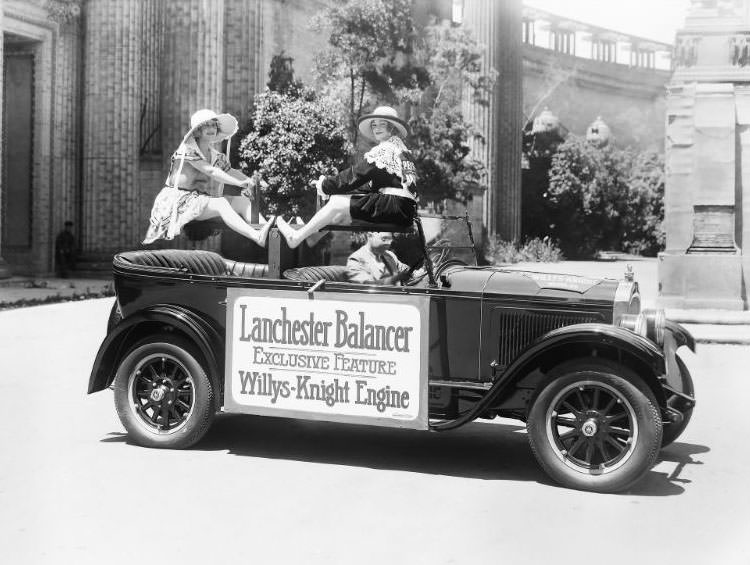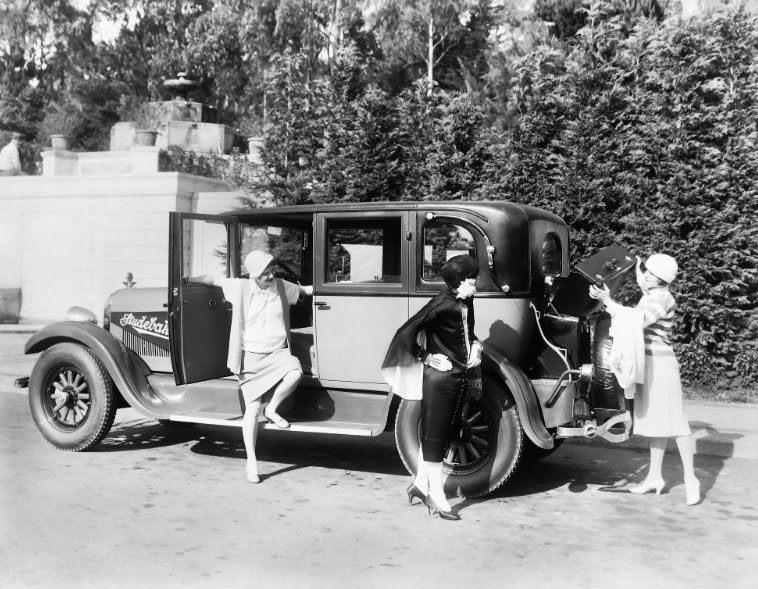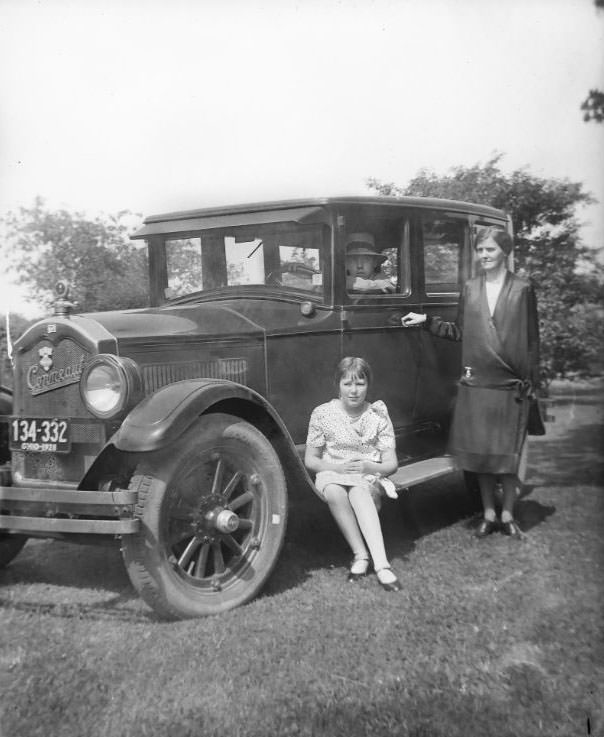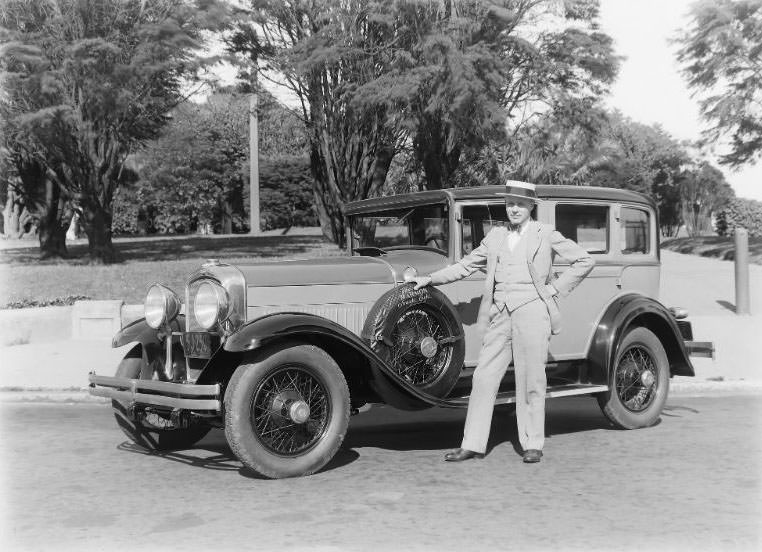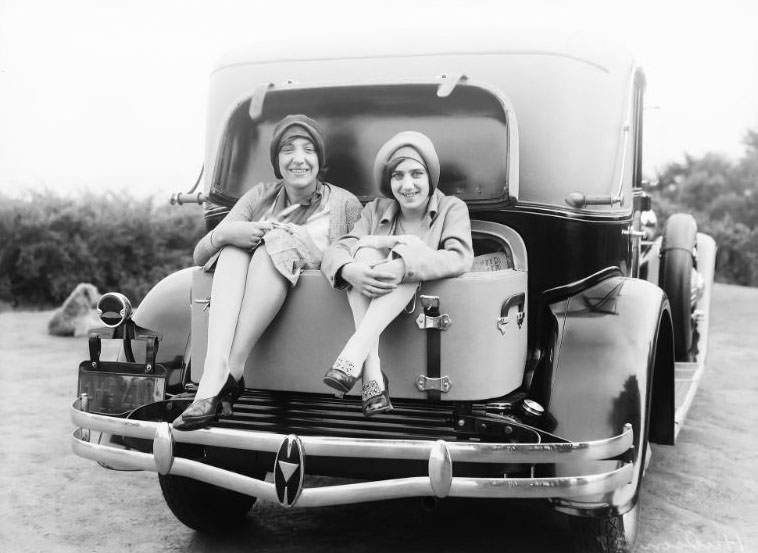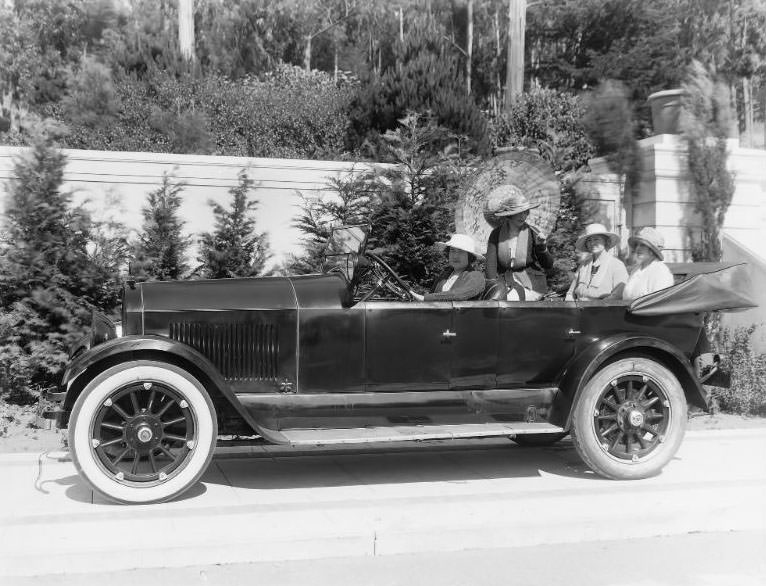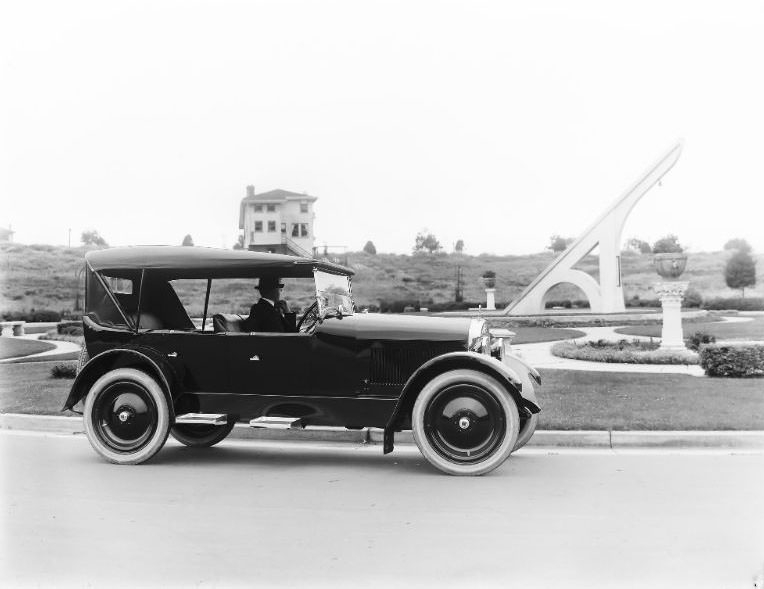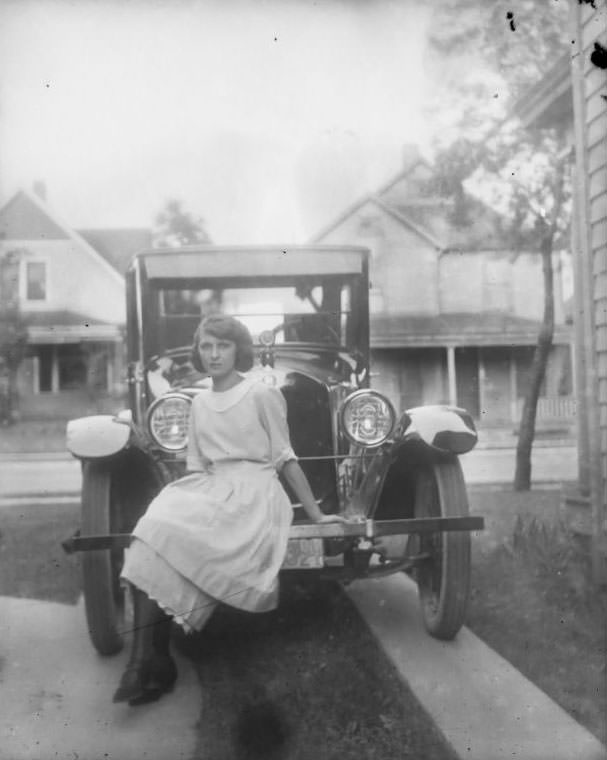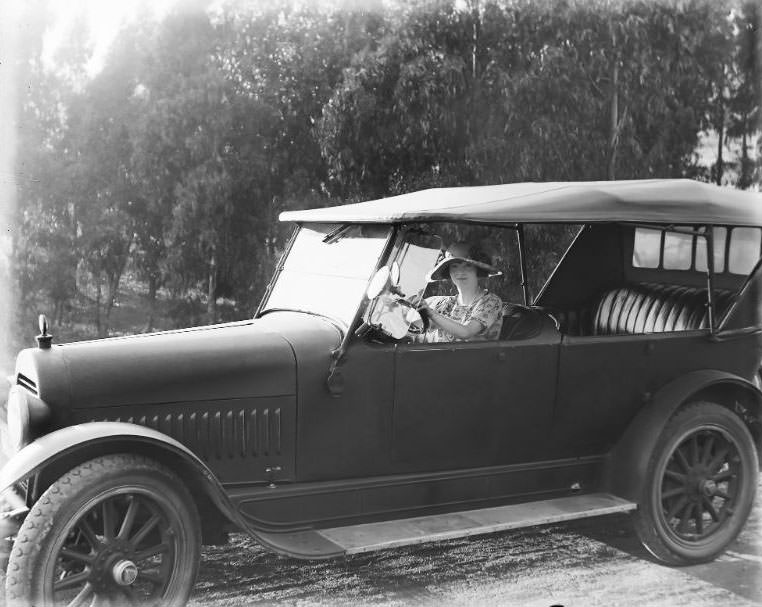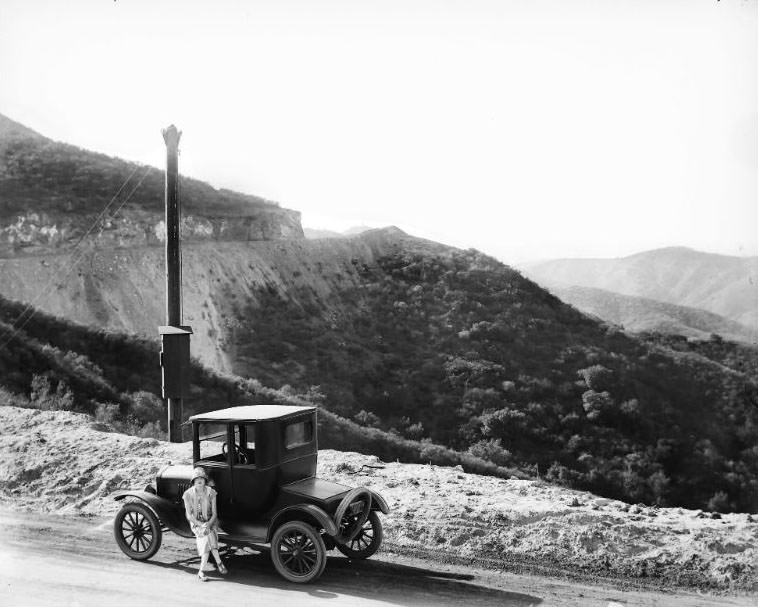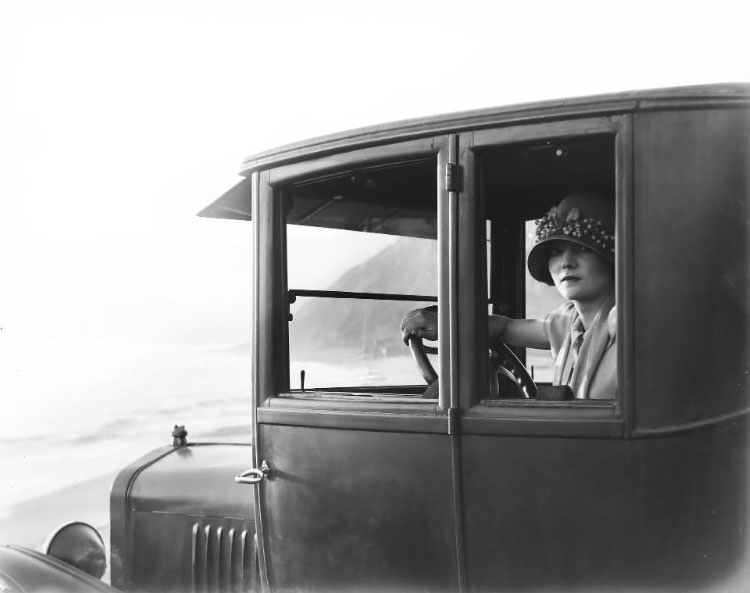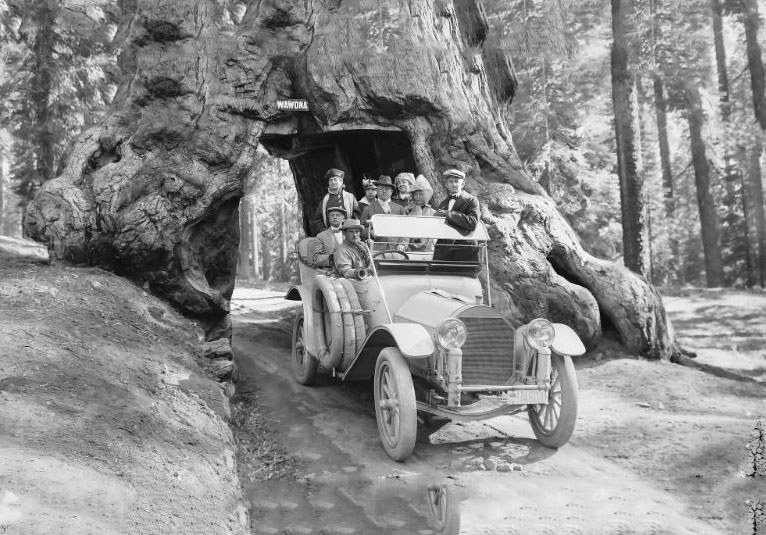The automobiles of the early 20th century were a significant departure from the horse-drawn carriages and early gasoline-powered vehicles of the late 19th century. This was a time of rapid innovation and change in the automobile industry, as new technologies and manufacturing methods were developed, and the popularity of the automobile grew.
One of the key innovations of the early 20th century was the mass production of automobiles. Henry Ford’s Model T, introduced in 1908, was one of the first vehicles to be produced on a large scale using assembly line techniques. This made automobiles more affordable and accessible to the general public and led to a boom in car ownership.
In terms of design, early 20th-century automobiles were generally more significant and more bulky than their modern counterparts, with a heavy emphasis on horse-drawn carriages design elements such as running boards, high-set headlights, and brass accents. The bodies of these cars were often made from wood, with metal or canvas roofs, and the wheels were often clad in wooden spokes.
Power was provided by internal combustion engines, which were relatively simple compared to modern engines. Cars of the era typically had two- or four-cylinder engines, and the power was transferred to the wheels via a manual transmission. Brakes were often mechanical and not as effective as those found on modern cars, and suspension systems were often primitive, leading to a rough and uncomfortable ride.
Despite their limitations, the automobiles of the early 20th century were a significant step forward in personal transportation and profoundly impacted society. They made travel faster, more convenient, and more accessible and allowed people to live and work further away from their place of birth. They also created new industries and jobs and contributed to the growth of the middle class.


